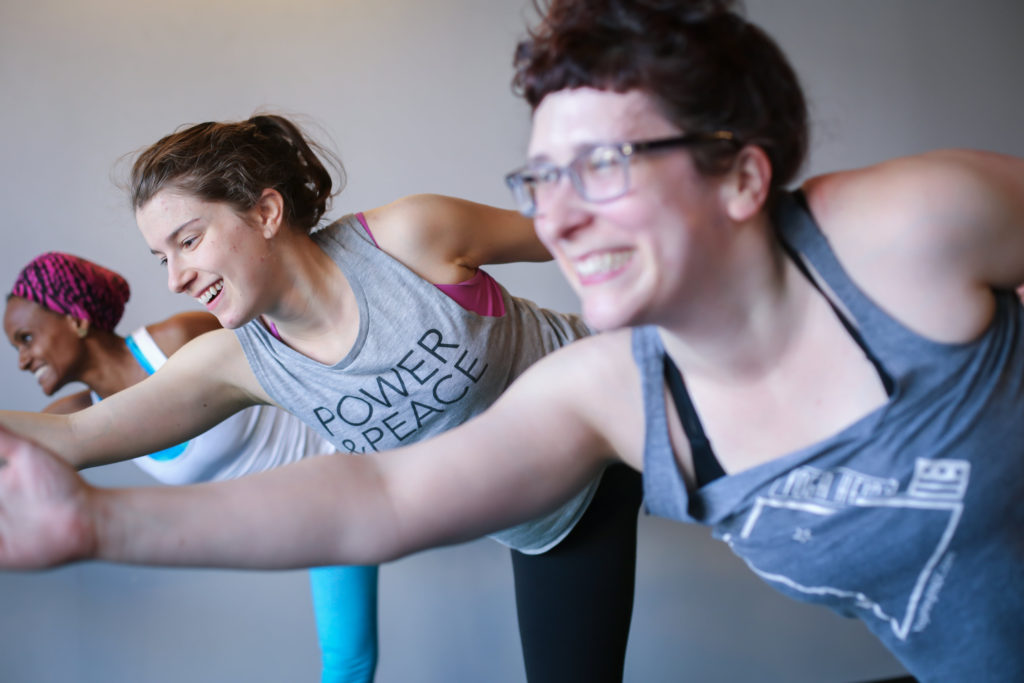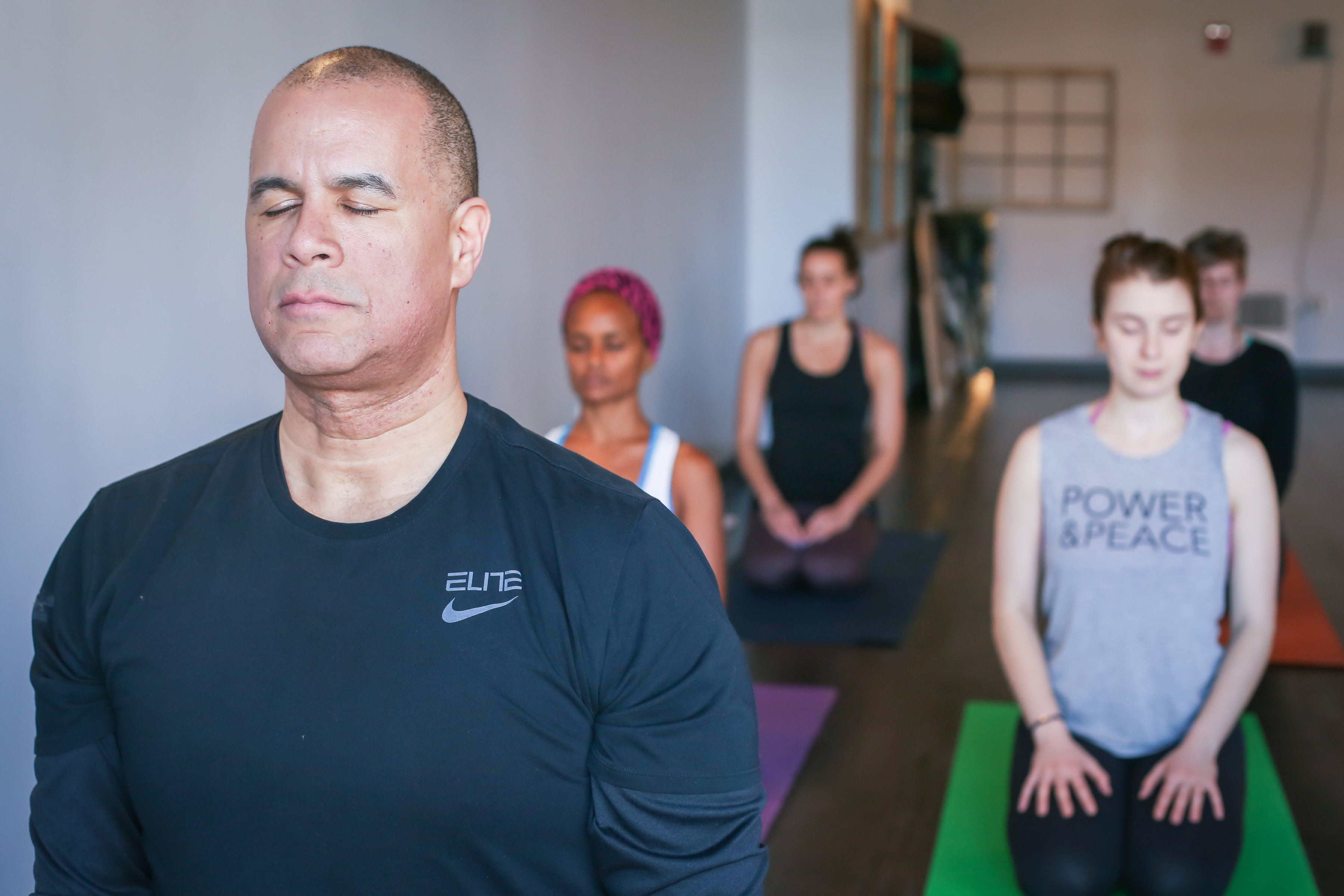There is an ancient Buddhist value which espouses that the most beautiful things bloom from the muddiest of waters.
“Like a lotus flower that grows out of the mud and blossoms above the muddy water surface, we can rise above our defilements and sufferings of life.” {here is an associated meditation you can try}
Sometimes it takes a while to believe that and you often have to go through heartbreak, illness, or some kind of soul-shaking duress to realize it’s true. For me, the process of getting unstuck from that mucky bottom to the freedom of a sun-kissed surface goes a little something like this…
You lift one foot and it feels as heavy as a Clydesdale. You set it down only to feel it sink into the mud. You’re stuck, like your feet are frozen in a ice tray. You muster all your strength to free it from the tundra only to find that familiar weight again. And so it goes. A slow, slog through muddy waters until you get close enough to the shore that the ground beneath your feet is more compact, less exhausting and more forgiving. Pretty soon the water clears and you’re hitting your stride. One foot in front of the other. You’ll likely be tired, in need of some time to make the conscious and challenging choice to shake it off, but you’re reassured of your strength and perseverance all the same. After all, you didn’t sink; you didn’t drown; you made it. It’s not easy. In fact your journey, whatever adversity it stems from, kind of stings. You will survive. Yes you will be changed from it, but you will be okay because really you always were.
My advice for how to make it through this process, whatever the source of defilement or suffering?
Step 1: Stay busy. Schedule yourself silly. I don’t always recommend this given how little down time most of us allow ourselves but when you’re going through muddy waters you’ve got to create accountability that keeps you going. This should work great for all my fellow type-A, DC go-getters out there. Do. Many. Things. Distraction can be such a blessing in the initial fallout from getting rocked.
Step 1B: Move your body. Part of staying busy is IMHO not only doing but moving. What better time to take a yoga class that’s so challenging it takes you out of your head, or use a run or bike ride as a means to explore a different part of town? With spring fast approaching, outdoor activities are all the more appealing and the added bonus of doing anything on a sunny day is the boost of vitamin D (and mood lifting hormones) you’ll get. Just be sure to wear your sunscreen!
Step 2: Stay connected. Though it can be tempting to check out or turn in, don’t. The more you shut yourself off to the world the harder it becomes to open up again. Make dates to see girlfriends, join a running group, see if you can be helpful to a friend who needs a babysitter, volunteer, foster a dog then take that puppy to a local dog park, visit friends in other cities, go home to see family – the list goes on and on. As my 21-year-old self decided to get tattooed in grand scale across my back years ago, Nit Nitay Garabam, or, “a person is a person’s remedy.” Your friends, family and community will be there for you. Be kind enough to lean on them. [P.S. I still love this tattoo. Thanks Mom and Dad for giving me the coolest 21st birthday present a gal could ask for! And thanks Yasmeen for helping me get the Wolof script Arabic right! ]
Step 3: Create something. Anything. Whether it be doodling in an adult coloring book, journaling, trying to figure out the choreography to Beyoncé’s “Formation” in your bedroom late at night (who would do such a thing…), or any number of other creative outlets, find something that is a form of expression and go express yourself. It’s incredibly cathartic. Try it.
Step 4: Get outside yourself. Give back to your local and/or at-large community. Find a cause that speaks to you and get involved. When you pour yourself into something entirely not for or about you, it gives great perspective on everything that you still have in your life to be grateful for. Need some ideas? Try Volunteer Match or Idealist as a place to get you started.
Step 5: Turn inside. No, this is not me encouraging you to indulge in self-analysis. We all pour over the details of injury, illness, heartache, loss, abuse, and other muddy topics just fine on our own. The kind of internal discovery I’m suggesting is of the more mindful variety: meditation. Meditation helps us walk through our inner landscape and make peace with all the scary monsters and gentle giants that lie within. As one of my favorite yoga teachers once recounted, mindfulness meditation helps us make the neighborhood of our minds a friendlier place. There are countless approaches to meditation, but I recommend starting with loving kindness meditation. Also known as Metta Meditation, the practice of loving kindness is a pathway to forgiveness and moving on. It can be challenging, but with time it helps to evoke an overall sense of warm-heartedness and compassion which can be lost in times of struggle. Mindfulness meditation is another great way to go. Rather than letting yourself become distracted by nagging thoughts and self-judgement, it encourages us to acknowledge whatever it is that’s paining us, feel it, and breath beneath it to the seed of calm that always exists at the core of our being. It may sound far fetched, but at this point it’s scientifically proven.
This “guide to getting unstuck” isn’t something to follow to a T. You don’t have to do all of these things, follow this pathway in order, or do anything that doesn’t feel right or helpful to you. These are merely suggestions. Sometimes all we need is an approachable yet actionable idea to get us up and moving again. I know that all of these steps have at one point or another helped me get back on solid ground again in the aftermath of life’s curveballs. I hope they help you as well.
When you’re stuck, all you need to do is the next right thing. And then the next right thing. And then the next…and so on, until eventually you feel safe and strong in your own skin again. It’s a continuum and it’s hard to say exactly when those small steps amount to an overall shift where you feel whole again. Therein lies the beauty of our struggles. Every moment we have a choice. We can choose to harden or soften; to shutdown or feel; to close our heart or open to vulnerability. If we approach the hard stuff breath by breath, hour by hour, day by day it starts to feel a lot less daunting and we can pick our own path of resilience to climb out of the muck.







